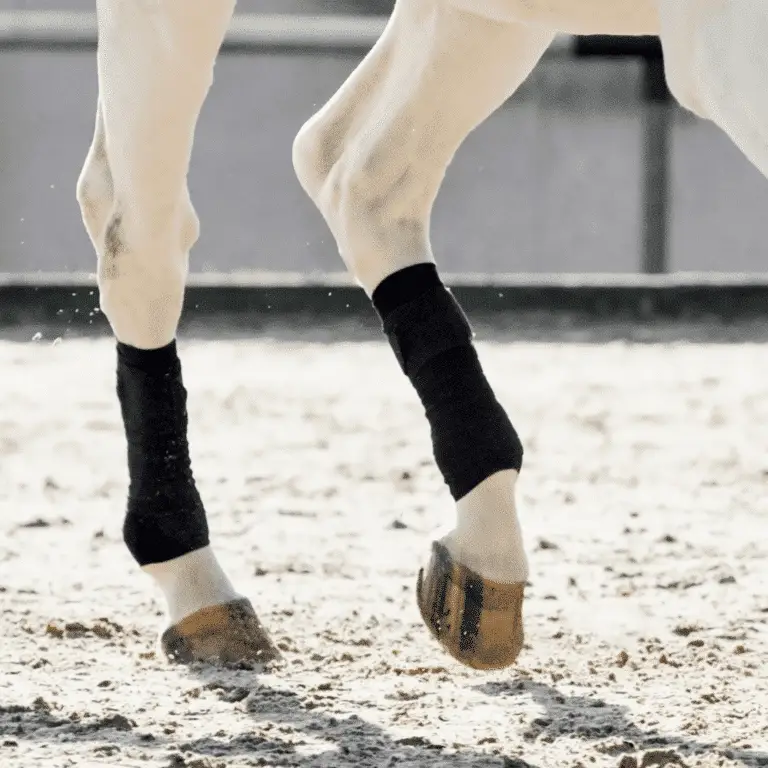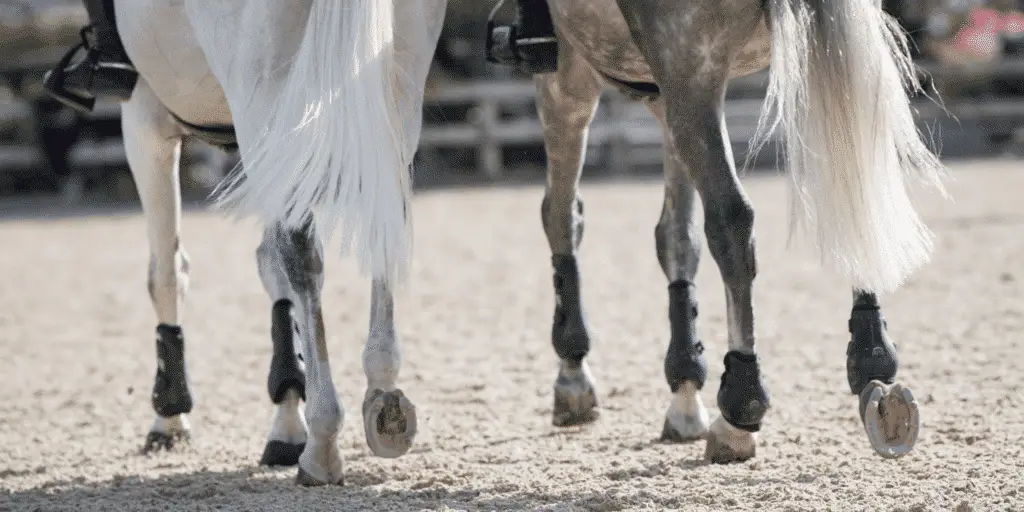
Bone Spavin
Bone Spavin in Horses Seek veterinary advice if you suspect this disease. Bone spavin is osteoarthritis, or the final phase of

Seek veterinary advice before applying any treatment
The most common abnormality is a lumpy splint bone due to periosteal damage or instability between metatarsal bones. These are called “splints” in lay terminology and describe a periosteal reaction secondary to trauma. Owners may not have observed the trauma or even detected these at the stage of inflammation. Many are identified as incidental findings after the inflammation has resolved. Exostoses of the metatarsal bones (splints) are common and may or may not be associated with lameness. Large exostoses on the proximal lateral aspect of the second or fourth metatarsal bones are common and usually asymptomatic.
The sooner a proper treatment plan is applied, the better the chances of limiting new bone formation. Your vet will determine the right protocol. This often consists of rest, frequent cooling and anti-inflammatories. Anti-inflammatories may be oral products, injectables or applied on the skin. Depending on the type and severity of the splint, a horse may be boxed for 4-6 weeks, combined with daily treatment protocols. If the horse is not rested properly, the damaged tissues can not recover, inflammation will continue and the splint will become larger. If some new bone formation occurs, leg protectors should be chosen so that they don’t rub or press on the splint too much during exercise. If a splint is too excessive it may be surgically removed, especially if the slint is interfering with the tendons. If one of the splint bones has been fractured, this will need to be addressed as well.
The risk of a horse developing splints can be minimised by a number of factors, however the most important and effective way is to slow down the intensity and frequency of your young horse’s
work. Other factors include: proper nutrition, avoiding obesity, maintaining proper foot care, and for cases with limb interference, using protective splint boots during training and even turnout.

Digital health management offers numerous benefits in modern equine healthcare.
With the Happie Horse App, you can track symptom patterns and body values, such as Temperature, Pulse and Respiration. Allowing you to notice abnormal changes in body and behaviour early on, leading to more successful treatments.
The Happie symptom checker allows you to add all of your horse’s abnormal symptoms in order to present potential causes and diseases.

Bone Spavin in Horses Seek veterinary advice if you suspect this disease. Bone spavin is osteoarthritis, or the final phase of

Bursitis in Horses Seek veterinary advice if you suspect this disease. Bursitis is extremely common in horses. It is inflammation

Fractures in Horses Seek veterinary advice if you suspect this disease. Fractures in horses refer to breaks or cracks in